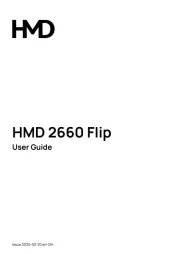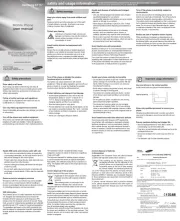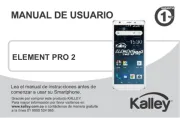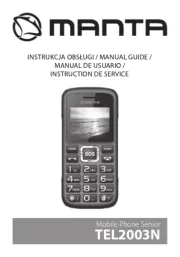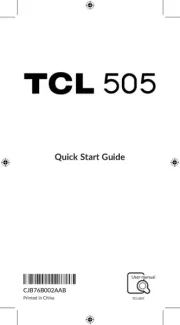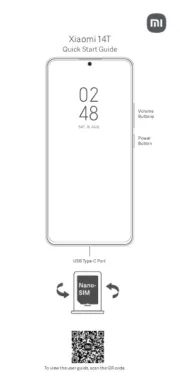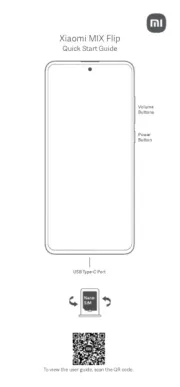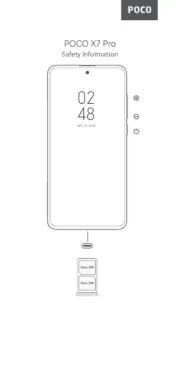Motorola Debut i856 Manual
Læs gratis den danske manual til Motorola Debut i856 (192 sider) i kategorien Smartphone. Denne vejledning er vurderet som hjælpsom af 15 personer og har en gennemsnitlig bedømmelse på 4.7 stjerner ud af 8 anmeldelser.
Har du et spørgsmål om Motorola Debut i856, eller vil du spørge andre brugere om produktet?

Produkt Specifikationer
| Mærke: | Motorola |
| Kategori: | Smartphone |
| Model: | Debut i856 |
Har du brug for hjælp?
Hvis du har brug for hjælp til Motorola Debut i856 stil et spørgsmål nedenfor, og andre brugere vil svare dig
Smartphone Motorola Manualer
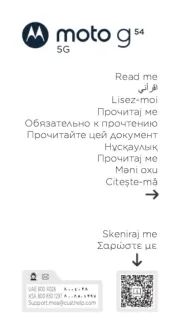









Smartphone Manualer
- Tecdesk
- HTC
- O2
- Oppo
- Brigmton
- Media-Tech
- HP
- Yarvik
- ITTM
- I.safe Mobile
- Neffos
- Geemarc
- Energy Sistem
- Xtreamer
- ZTE
Nyeste Smartphone Manualer
